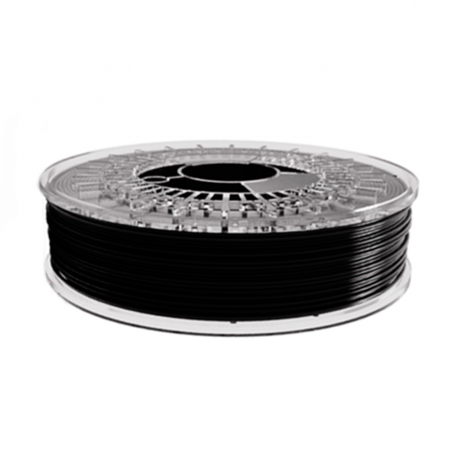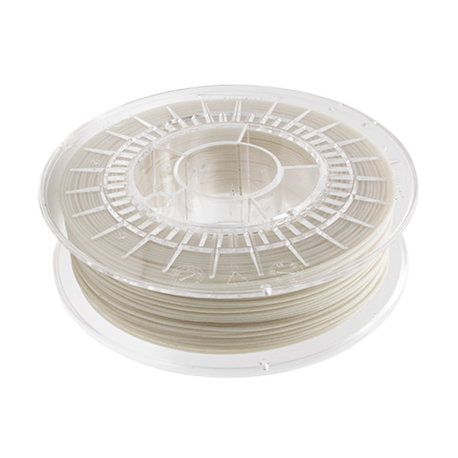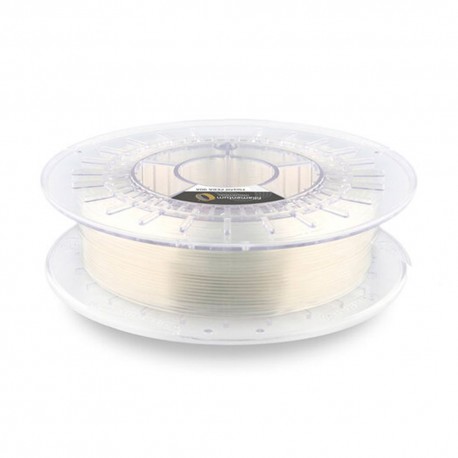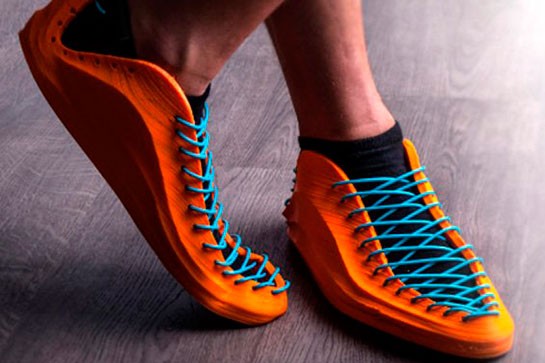
3D printing is playing an increasingly important role in the fashion sector. Whether for the manufacture of garments or accessories that can be seen on the catwalks or for the manufacture of prototypes, mannequins or lasts customised to the user's measurements, 3D printing has a lot to contribute to this sector.
When it comes to 3D printed fabrics, more and more fashion designers are immersing themselves in research and experimentation with different 3D printing technologies, but at the moment there is one that stands out from the rest: FDM 3D printing.
FDM 3D printing is undoubtedly the most accessible and versatile 3D printing technology. The ease of use of laminating devices and software and the variety of materials available on the market are some of the advantages offered by FDM technology.
Main applications
There is no doubt that flexible filaments have great potential for various applications in the fashion industry. Some of these applications are:
- Prototyping
- 3D printed fabrics
- 3D printed footwear
Prototyping
Sometimes the use of additive manufacturing technologies is implemented in the manufacturing process exclusively for prototyping.
This implementation contributes, in many cases, to reduce costs and manufacturing times, allowing to appreciate shapes and finishes, test the product and carry out modifications on the initial design until the desired design for the final product is achieved.
This is the case of Camper, for example, which uses BCN3D printing equipment to manufacture footwear prototypes:
Video 1: Manufacture of footwear prototypes with BCN3D 3D printers. Source: BCN3D.
3D printed fabrics
One of the advantages of flexible filaments is that they can be used to make 3D printed fabrics. Like yarn, the filament can be extruded and deposited in a way that mimics the weave and texture of a fabric.
The first 3D printed fabrics were designed using geometric shapes and triangulations. Nowadays, there are companies and designers like Comme des Machines looking for ways to faithfully imitate traditional fabrics, create prints using different coloured filaments or even imitate materials such as leather to create sustainable and vegan alternatives to this animal-based material.
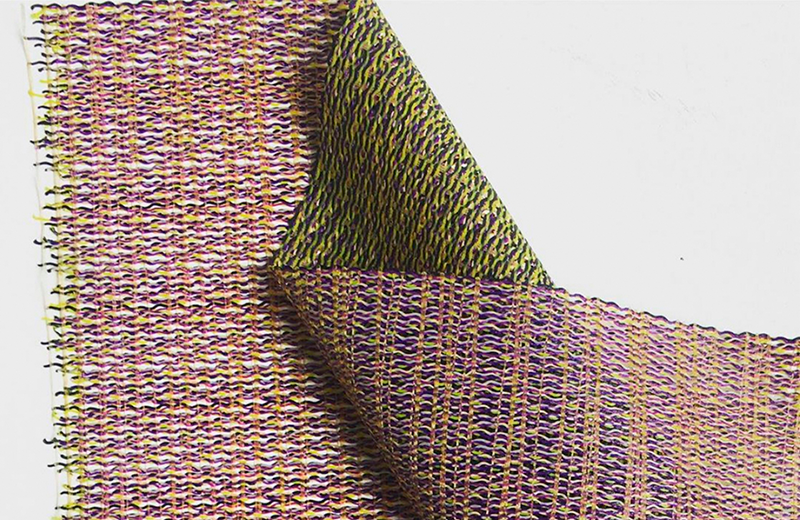
Image 2: 3D printed fabric by Comme des Machines for their Nora project. Source: Comme des Machines.
3D printed shoes
The footwear sector is one of the most developed in terms of 3D printing, being a manufacturing technology used even in products of world-renowned brands such as Adidas or Nike.
One of the most striking cases is that of Balenciaga, which has designed completely 3D-printed pumps using 3NTR equipment.

Image 3: 3D printed lounge shoe developed by Balenciaga. Source: Balenciaga.
Wide variety of materials
The variety of materials, and more specifically flexible materials, is undoubtedly one of the points that tips the balance towards FDM manufacturing technology. This is because flexible materials allow the manufacture of a much wider spectrum of products within this sector, as they adapt to body shapes and movements.
Flexible FDM 3D printing filaments most commonly used in the fashion industry include:
- TPU: It is a thermoplastic polyurethane. This material offers flexibility and a certain elasticity. It is a material with good adhesion between layers, which offers great mechanical properties, as well as high resistance to fats, oils and solvents.
- TPE: Thermoplastic elastomer material, also known as thermoplastic rubber. This material is the result of mixing polymers that result in a material with a high level of elasticity.
Within these categories, filaments of different hardnesses ranging from Shore 98A to Shore 60A can be found, offering a wide spectrum of hardness and flexibility that can be adapted to various applications.
Filaflex: Among the TPE filaments, Filaflex should be highlighted. Filaflex offers the most elastic filaments on the market, being materials with high elasticity, a high coefficient of friction and high softness.
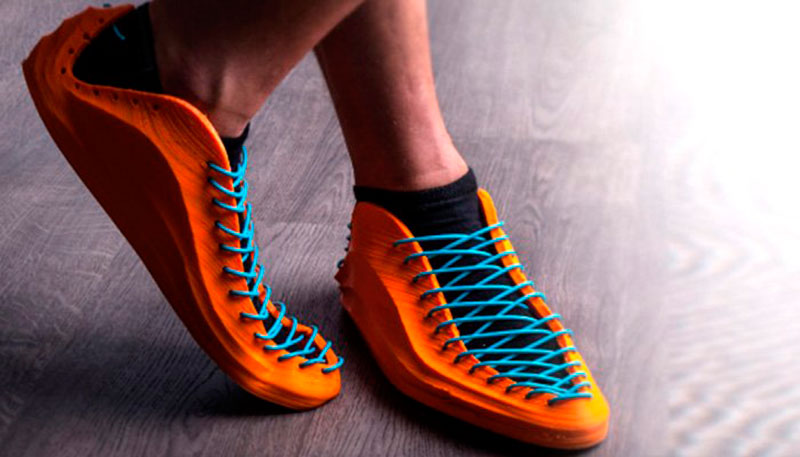
Image 4: 3D printed shoes with Filaflex 82A. Source: Recreus.
In addition to these materials, there are others with more specific properties:
Reciflex: It is a TPU filament with a peculiarity: It is made from 100% recycled material from the footwear industry waste and from the internal filament production of Recreus, the manufacturer of this material.
Istroflex: It is a flexible filament composed of a biodegradable polymer and oyster powder filler, which gives it a whitish colour. Its 93A Shore hardness makes it a very printable material compared to other flexible filaments.
Solay: It is a flexible and elastic filament with rubber-like properties. This material is ideal for the manufacture of shoe soles, but can also be very useful in other applications in the fashion industry.
PEBA 90A: This flexible filament is developed from polyamide and has excellent mechanical properties, resulting in a tough material with low density, excellent optical properties and a smooth, pleasant surface.
There is no doubt that FDM 3D printing with flexible materials offers great possibilities and advantages in the fashion industry, such as design freedom or the possibility to use innovative materials.


